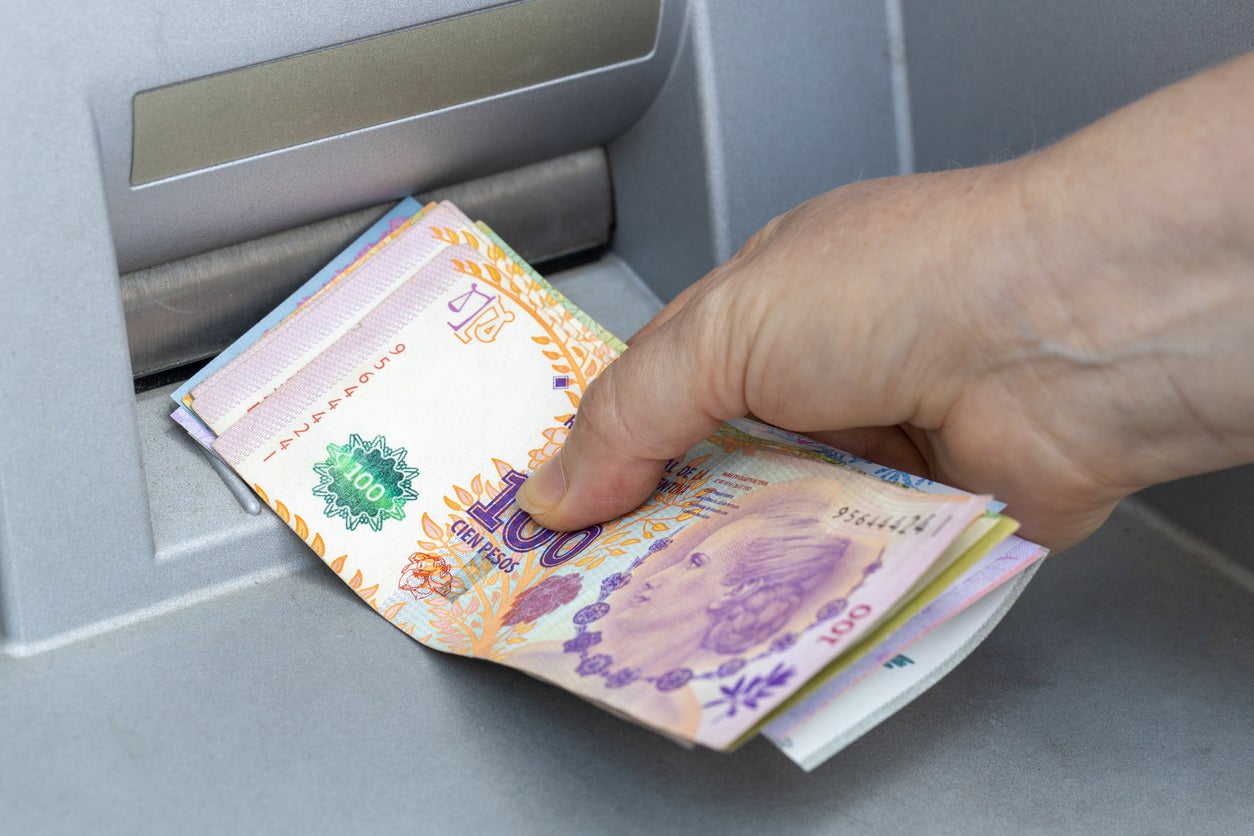Argentina issues new 2,000-peso banknote worth $11 as inflation soars
Inflation levels in the county are some of the worst in the world

Your support helps us to tell the story
From reproductive rights to climate change to Big Tech, The Independent is on the ground when the story is developing. Whether it's investigating the financials of Elon Musk's pro-Trump PAC or producing our latest documentary, 'The A Word', which shines a light on the American women fighting for reproductive rights, we know how important it is to parse out the facts from the messaging.
At such a critical moment in US history, we need reporters on the ground. Your donation allows us to keep sending journalists to speak to both sides of the story.
The Independent is trusted by Americans across the entire political spectrum. And unlike many other quality news outlets, we choose not to lock Americans out of our reporting and analysis with paywalls. We believe quality journalism should be available to everyone, paid for by those who can afford it.
Your support makes all the difference.Argentina will issue a new 2,000-peso bank note in response to soaring inflation, the country’s central bank has confirmed.
The BCRA will issue the new note – worth $11 (£9) – as customer prices jumped by nearly 95 percent in the 12-months to the end of December, marking the fastest pace of inflation in the country since 1991.
The largest peso bill is currently 1,000 pesos, with just a $2.75 value in the international markets.
The BCRA said in a tweet that the new bank note would “commemorate the development of science and medicine in Argentina”.
The note will feature pioneering doctors Cecilia Grierson and Ramón Carrillo, the central bank confirmed, although there is no further information on the circulation date.
The initial introduction of the currency saw it pegged at one US dollar in 1992. Following the financial crisis, but the initial fixed exchange rate system was abandoned after Argentina was plunged into a financial crisis in 2001 and 2002.
Rising prices have been attributed to an influx in central-bank money printing, as well as the war in Ukraine.
The International Monetary Fund (IMF) approved another $6 billion (£4.9bn) of bailout money in December for South America’s second-largest economy. The country already owes more than $40 billion to the IMF.
The country saw three economy ministers in the space of four weeks last summer, a sign of the complex nature of the economic turmoil the country faces.
The central bank raised the main rate of interest to 75 per cent as it tried to rein in the soaring cost of living. Argentina faces some of the highest inflation levels in the world, with rates topping 70 per cent.
Finances in the country have been an issue since the economic crisis of 2018, which Argentina has still not completely recovered from.
Poverty levels in the country are estimated to be at nearly 40 per cent, compared to the start of the crisis where levels were around a quarter.



Join our commenting forum
Join thought-provoking conversations, follow other Independent readers and see their replies
Comments